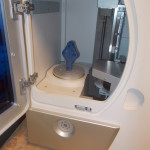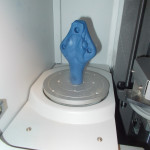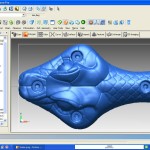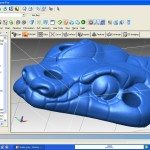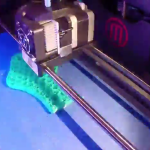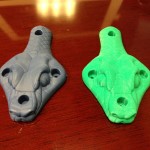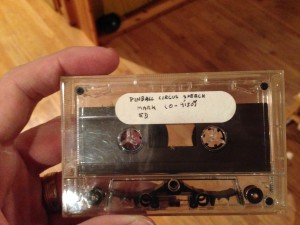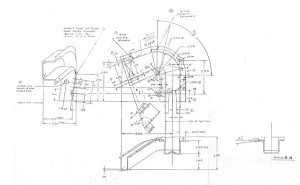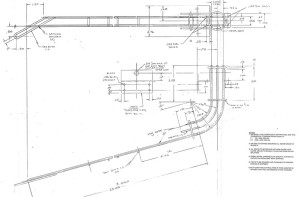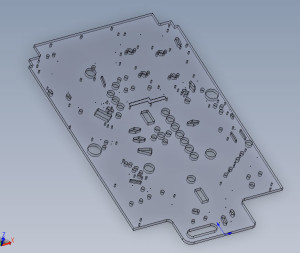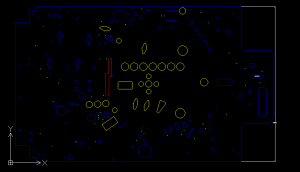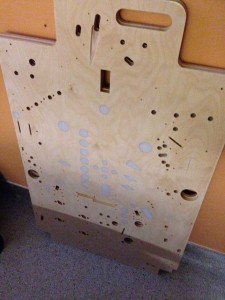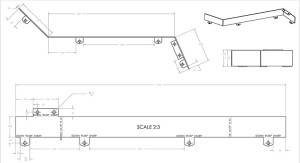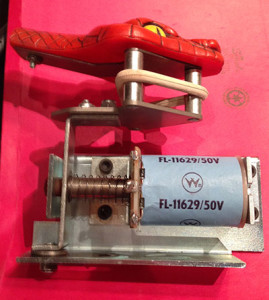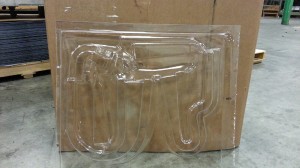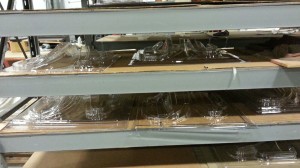We are currently in more of a heads down mode as we have many arms of the project in motion at once, but as October has snuck up on us we wanted put out a quick update.
First, we will be bringing our whitewood prototype to the 30th Anniversary Pinball Expo in Chicago this October. We will also be speaking at Pinball Expo this year about our experiences with Python and where the project is currently at. Our seminar will be on Thursday evening at 8:30pm. If you are at expo, please stop by and say hi!
So, how is the Python’s Pinball Circus project progressing? Pretty well actually. The lengthier website updates are generally detailed reviews of parts of the projects past, but if you have been following us on Facebook, we have been putting some extra photos out of recently project progress.
You may have seen photos of cabinets being worked on, ball guides being bent, and big batches of parts arriving.
It’s a mad dash to get as much done as we can by the time we bring the game to Expo, so updates on the website have slowed down during this time.
I will leave you with a few teaser photos though. And yes, there are playfields behind the frosted window. 🙂
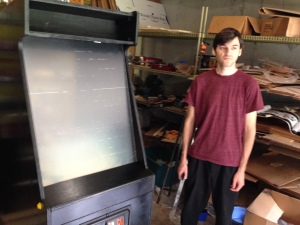 |
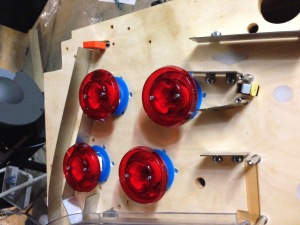 |
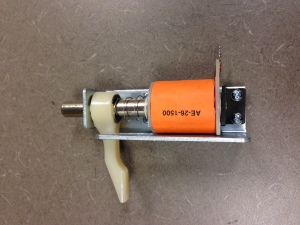 |
